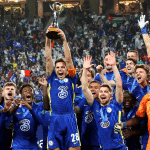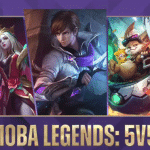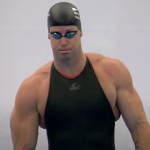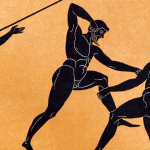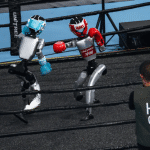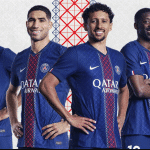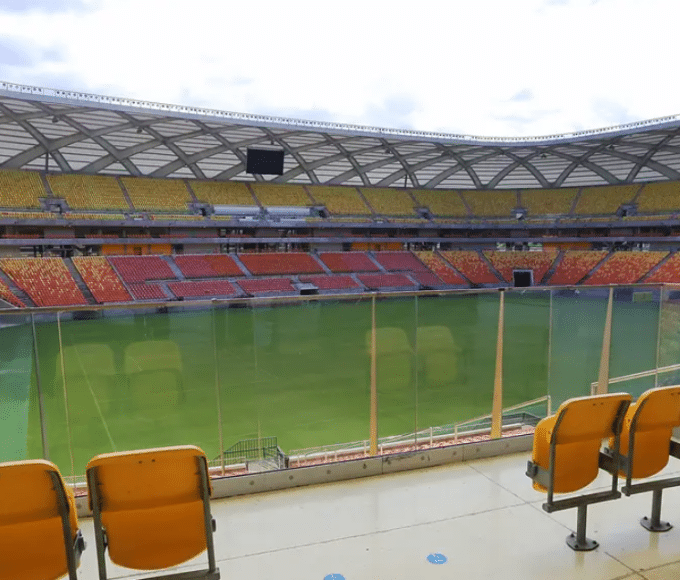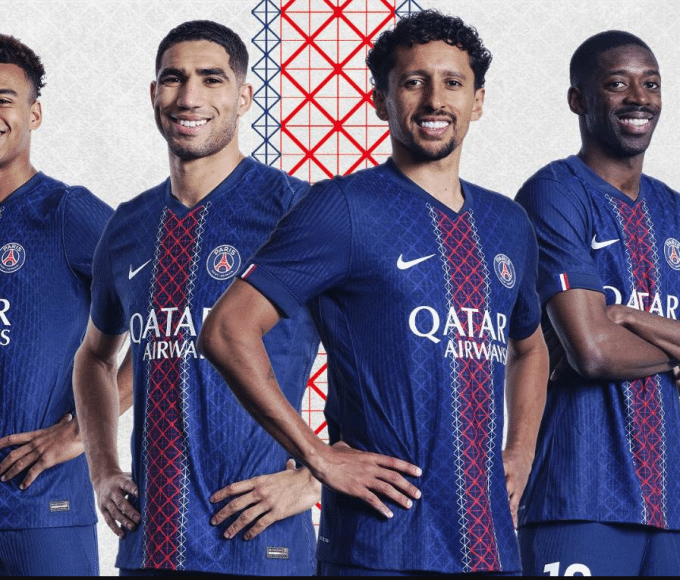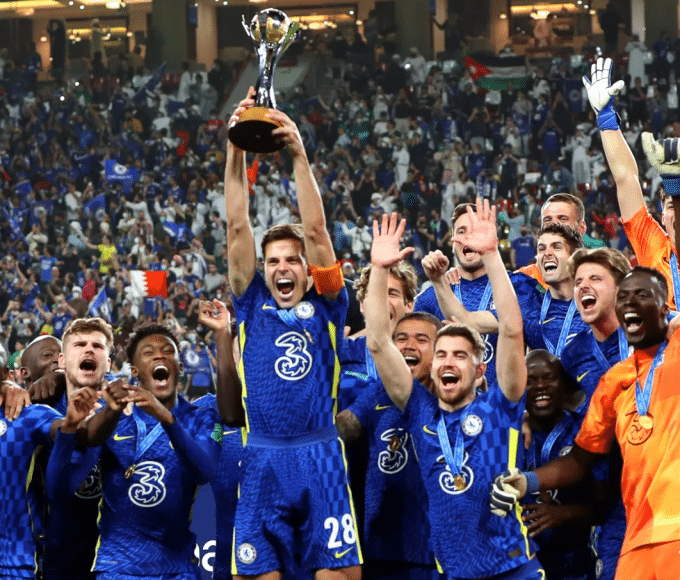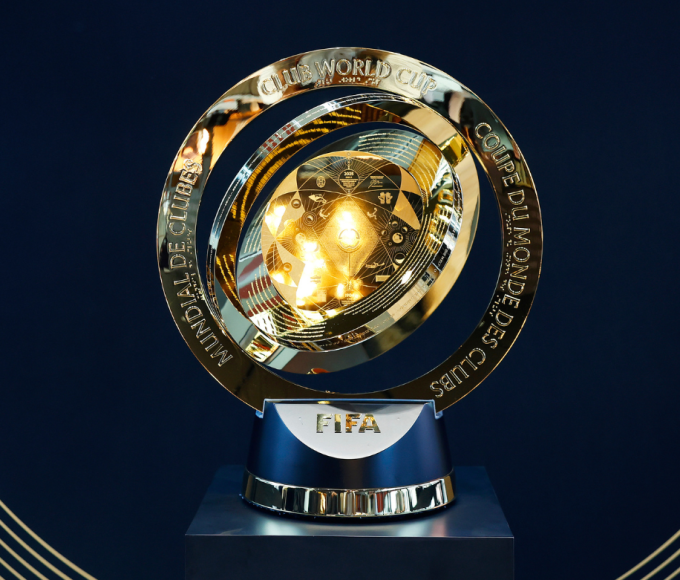Paris Saint-Germain (PSG) achieved a historic milestone by clinching their first UEFA Champions League title with a commanding 5–0 victory over Inter Milan on May 31.
However, the celebrations in Paris quickly descended into chaos, highlighting the complex and often volatile nature of PSG’s ultras culture.
A Historic Victory Overshadowed
PSG’s win marked a significant achievement in the club’s history. Under the guidance of coach Luis Enrique, the team showcased exceptional teamwork and tactical prowess. Teenage sensation Désiré Doué scored twice and assisted once, earning the Man of the Match award.
Other goals came from Achraf Hakimi, Khvicha Kvaratskhelia, and substitute Senny Mayulu. This victory not only secured PSG’s first Champions League title but also completed a continental treble, a first for a French club.
Celebrations Turn Chaotic
While the victory was monumental, the aftermath in Paris was marred by violence:
-
Fatalities: Two individuals lost their lives—a 17-year-old boy was stabbed in Dax, and a 23-year-old man died after being struck by a vehicle in Paris.
-
Injuries: Approximately 192 people were injured during the unrest, including 22 police officers and seven firefighters.
-
Arrests: Authorities arrested 559 individuals across France, with 491 arrests occurring in Paris alone.
-
Property Damage: Riots resulted in the burning of 264 vehicles and damage to various properties, including looted shops and vandalized public infrastructure.
The French Interior Minister condemned the violence, labeling the perpetrators as “barbarians,” a statement that sparked controversy and accusations of insensitivity.
The Rise and Evolution of PSG’s Ultras
PSG’s ultras culture has deep roots, dating back to the formation of the Kop of Boulogne (KoB) in the late 1970s. The KoB became known for its passionate support, but also for its association with hooliganism and far-right ideologies.
In response to the KoB’s notoriety, the Virage Auteuil (VA) was established in the early 1990s, promoting a more inclusive and diverse fan culture.
The rivalry between these two stands often led to internal conflicts, culminating in the tragic death of a supporter in 2010. This incident prompted the club to implement the “Plan Leproux,” which banned all ultras groups from the stadium.
In 2016, the Collectif Ultras Paris (CUP) was formed, marking a new era of organized support with the club’s endorsement.
A City on Edge
The scale of the unrest following PSG Champions League win underscores the deep-seated issues within segments of the club’s supporter base. While many fans celebrated peacefully, the actions of a minority cast a shadow over the club’s achievement.
French President Emmanuel Macron condemned the violence, emphasizing that such behavior tarnishes the image of French football.
The events have reignited debates about fan culture in Paris and the measures needed to ensure public safety during major sporting events. As PSG basks in European glory, the club and authorities face the pressing task of addressing the darker aspects of its passionate fanbase.
PSG’s Champions League win is a testament to years of investment and ambition.
However, the subsequent violence serves as a stark reminder of the complexities surrounding football fandom in Paris. Balancing passionate support with public order remains a challenge that the club and city must navigate moving forward.
Read more – Kylian Mbappé: Is He the Problem at Real Madrid, or Just in a Bad Spell?


